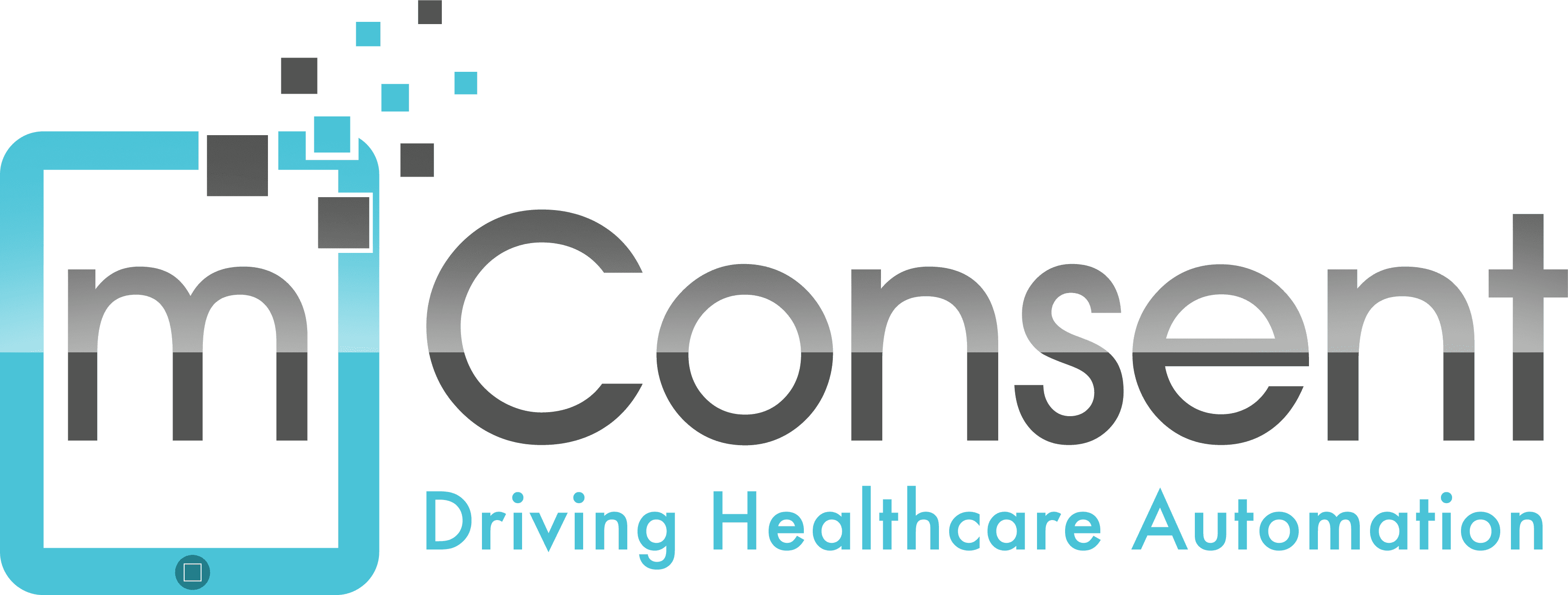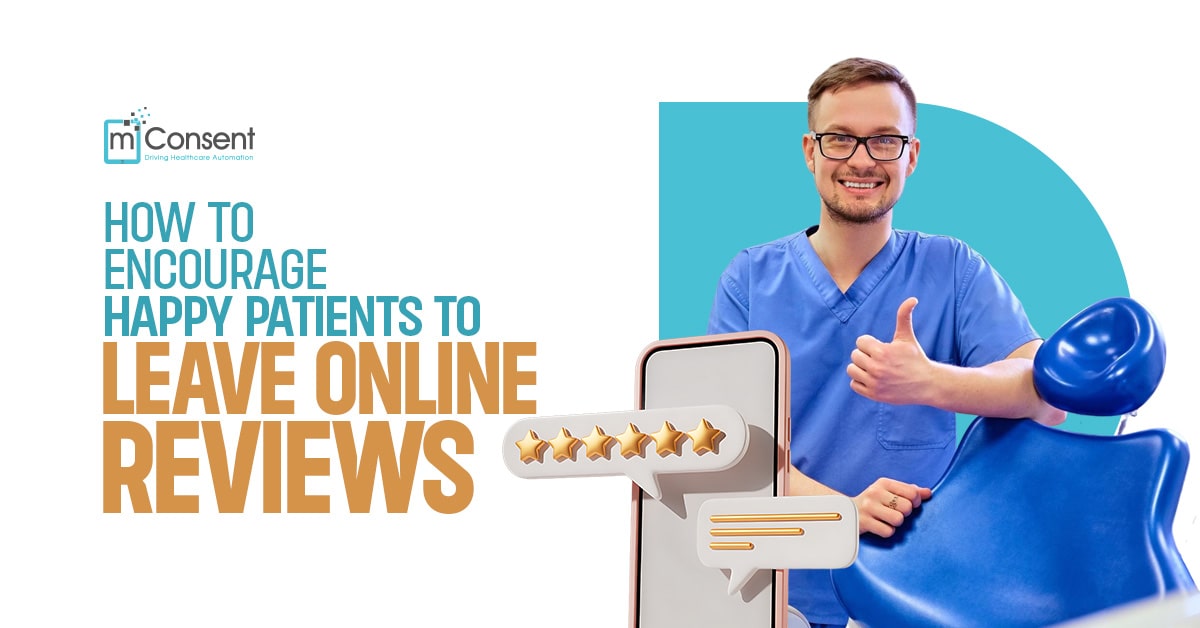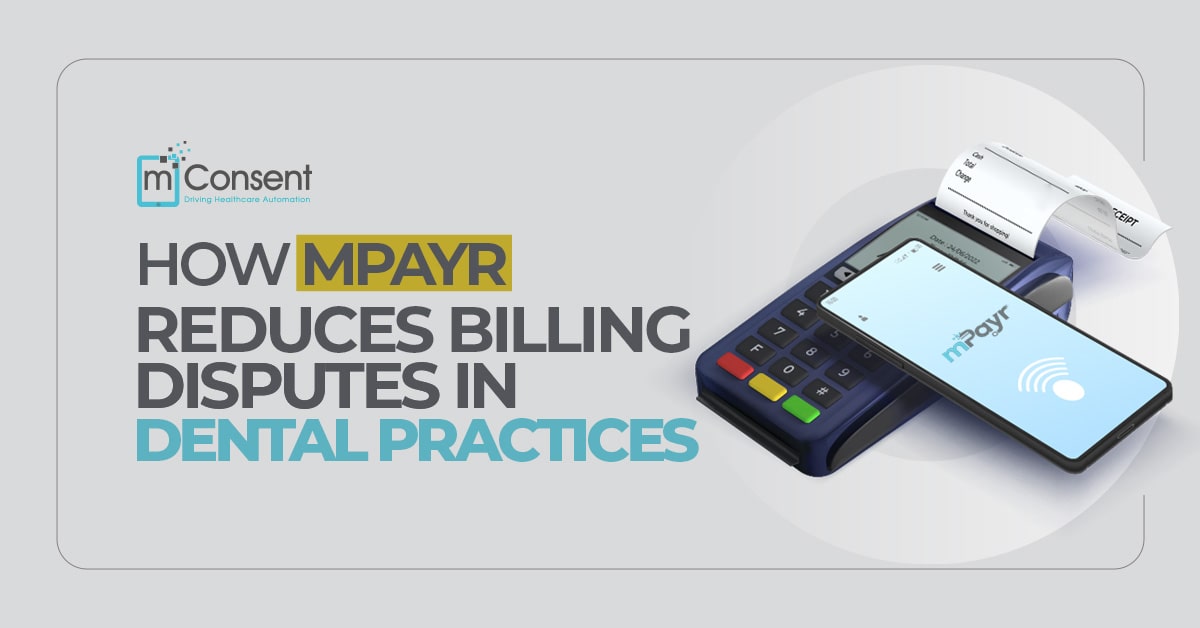Let’s face it , trying to get your dental team on board with a new system can feel like a big task. Everyone’s busy, nobody’s asking for more to do, and now you’re telling them there’s a new way to handle insurance? That can be a hard sell.
But it doesn’t have to feel like a disaster. If you break it down right, training staff on modern insurance verification can actually go pretty smoothly.
The trick? Don’t overdo it. Keep things simple. Be clear. And don’t try to change everything overnight.
Old-School Training Isn’t Cutting It
You’ve probably seen it happen before. You hold a two-hour training. People nod, take notes, maybe even seem enthusiastic. And a week later, they’re back to the old way of doing things. Why?
Because most training methods overload staff. Long lectures. Vague instructions. Zero follow-up. People leave those sessions confused, and honestly, kinda tired.
There’s also the whole “everyone must learn the same thing at the same pace” idea. Which never works. People have different roles. Some are quicker with tech. Others need more time. If your training doesn’t account for that, it falls flat.
Step 1: Define What You’re Actually Changing
First off, what do you mean by “modern insurance verification”? If your team doesn’t get the “why” behind the change, they’re not going to care.
We’re talking about digital eligibility checks, real-time updates, paperless workflows, and automated systems that cut down all that repetitive stuff. That’s what modern looks like.
And tools like mConsent? They can handle a lot of that. It’s not just a fancier version of what you were already doing. It’s a whole new way of working that can save time, reduce errors, and make life easier for everyone.
Step 2: Tiny Steps > Giant Leaps
Don’t try to train your staff on everything at once. Seriously, don’t.
Break the process down. Teach logging in. That’s one session. Then navigating the dashboard. Another session. Then verifying eligibility. Next session.
You get the idea.
Bite-sized training sticks better. It’s less overwhelming. People feel like they’re learning, not drowning. And they can actually apply what they’ve learned right away.
Plus, if you’re using software like mConsent, a lot of the steps are intuitive. But it still helps to walk people through each one, slowly.
Step 3: Match People to the Right Roles
Here’s something practices overlook all the time. Not everyone needs to do everything.
If your front desk team is good at collecting data, let them handle that part. Your insurance coordinator? Let them look into benefit breakdowns. Office manager? They can monitor trends, track progress, and fill in the gaps.
When everyone knows what they are responsible for, they’re less likely to step on each other’s toes or drop the ball. Training gets easier, too, because you’re not teaching everyone every detail. Just what they need.
Step 4: Use Real Stuff, Not Theories
Nobody learns well from pretend scenarios. Use real examples. (Just anonymize patient info.)
Let them practice on actual past cases. Log in to a demo account together. Walk through the verification steps. See what happens. What works. What breaks.
After each session, ask: “What didn’t make sense?” or “Where did you get stuck?”
Encourage mistakes. That’s how people figure things out.
Don’t just talk at your staff. Do the work with them.
Step 5: Ask for Feedback (Then Actually Use It)
This part’s crucial.
After each training session, get feedback. What was helpful? What felt rushed? Did anything confuse them? Then adjust.
Add a step. Slow something down. Drop what’s not working.
When your team sees that their input leads to change, they get more invested. They feel heard.
You’re not just training them. You’re building the training together.
Bonus tip: mConsent also helps gather patient reviews. You can do the same internally—build simple feedback forms and let your team tell you what they need.
Step 6: Give Them Tools, Not Just Instructions
Nobody remembers everything. That’s normal.
Instead of expecting your team to memorize steps, give them easy reference tools. Think: checklists. Quick PDFs. FAQ sheets.
Stick one on the front desk. Keep a copy near every workstation.
When someone forgets a step, they don’t need to ask—they just glance at the cheat sheet.
Better yet, if you’re using mConsent, see if you can embed tips right in the platform. One less thing to keep track of.
Step 7: Roll Things Out Slowly
Too many practices go all-in too fast. Don’t.
Start with the basics. Maybe just the digital eligibility checks. Let your team get used to that.
Then add the benefits breakdown feature. Then the automation. Layer it in slowly.
That way, people feel confident as they go. They’re not scrambling to keep up. And they’re more likely to stick with the new system.
The goal isn’t to go fast. The goal is to get it right.
Real Talk: Simpler = Better
You don’t have to reinvent your entire practice overnight. You just need to make one process a little smoother, one step at a time.
Training your staff on modern insurance verification doesn’t need to be this overwhelming, exhausting task. Keep your sessions short. Make them relevant. Let people learn hands-on. Assign clear roles. And always ask how it’s going, then adjust.
It’s not about perfect systems. It’s about practical progress.
And honestly? Once your staff sees how much easier things get with a better system, especially one like mConsent, they’ll probably wonder why you didn’t switch sooner.
So yeah. Change is hard. But it doesn’t have to be miserable. Start small. Keep it real. Stay flexible. You’ve got this.


![HIPAA Release Form – All you Need to Know [Instant Download]](https://mconsent.net/wp-content/uploads/2021/09/HIPAA-Release-Form-All-you-Need-to-Know-Free-Release-Form.jpg)















